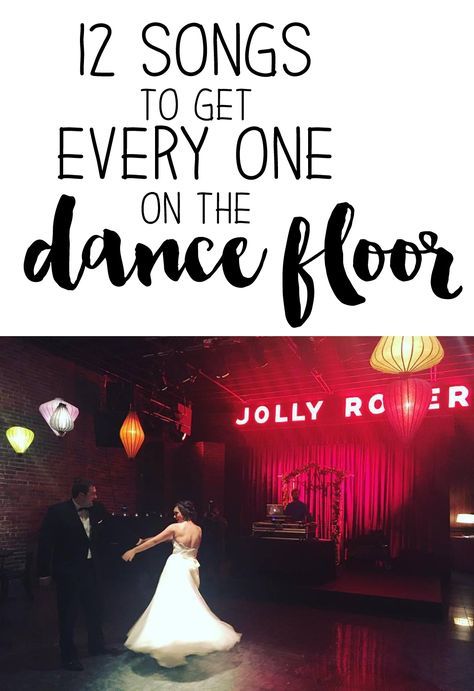How long do dance competitions last
What to Expect at Dance Competitions
It is less than one week away from the first dance competition of the season. All the dancers are working hard to perfect every step of their dances in hopes of achieving a Platinum ranking. They are working on their “dance faces”, keeping their arms straight, and making sure their feet make all the sounds they are supposed to. For some, this will be the first competition they have ever danced in, others have been dancing in competitions as long as they have been in school.
Thinking back to last year, I remember going in to competition season a bit clueless. After the season was over, I wrote a post about some of the things I learned. Here are a few things to keep in mind as competition season is underway:
*DO NOT take pictures while your dancers are dancing on stage. I can’t stress this enough! Most of the competitions have photographers taking action pictures. You can order these later. Having your own pictures on your own camera is not worth having your dancer disqualified! You can take pictures back stage, and during the awards ceremony, but NOT while they are dancing.
*Make sure you have plenty of rest time built into competition weekends (easier said than done, I know). Sometimes, competitions may run ahead of, or behind schedule. Make sure your dancer is there and ready at the time the studio recommends. Often, this will be 1 1/2-2 hours earlier than their scheduled dance time. This may mean very early mornings. Do not plan late nights at hotels – last year, we experienced more than one meltdown due to the extremely early mornings (and not just from my dancer).
*Make sure your dancer has enough to eat and drink. Breakfast is important. Your child will need the energy to dance, smile, and thoroughly enjoy the day. You will also want to have snacks and water available. A hungry or thirsty dancer will not be at his/her best.
*Though this may seem obvious – make sure your child uses the rest room before going on stage. When someone REALLY has to go to the bathroom, it is hard to concentrate on dancing their best.
*Be prepared for long days, long waiting times, and sometimes, hurried schedules. Our girls are scheduled to dance three times in less than an hour. If you consider the waiting back stage, dancing, getting back and forth to/from the dressing area, and costume changes, this makes for a rushed and stressful schedule. Try to keep calm, and just be helpful. Have a plan for those waiting times. Are you going to leave to grab a bite to eat before coming back for awards, are you going to stay and watch other dancers?
Our girls are scheduled to dance three times in less than an hour. If you consider the waiting back stage, dancing, getting back and forth to/from the dressing area, and costume changes, this makes for a rushed and stressful schedule. Try to keep calm, and just be helpful. Have a plan for those waiting times. Are you going to leave to grab a bite to eat before coming back for awards, are you going to stay and watch other dancers?
*Try not to push your dancer too hard. You want the dancers to have fun and to do their best. You don’t want them to be so stressed out that it isn’t fun any more. We all want to see our dancers get high scores, we want to see them earn pins, plaques, and trophies. We want them to best represent their studios. Most of all, we want our dancers to have fun! If they aren’t enjoying themselves, then what’s the point of having them there?
*Be prepared to hear Justin Bieber (or other “bubble gum pop” music) during awards ceremonies. During the competitions, you will hear all sorts of music you love, and music you hate. Embrace it. Enjoy the dances, and the artistry it takes to both perform and choreograph them.
Embrace it. Enjoy the dances, and the artistry it takes to both perform and choreograph them.
*When my husband came to his first competition last year, he was overwhelmed by the amount of sparkles, glitter, and rhinestones. He was also surprised by the amounts of makeup, and fake eyelashes that even the youngest girls had on. This is just part of the competition world. The dancers want to wow the judges. Stage lighting is less than flattering for most skin tones, makeup helps their smiles really beam; sparkles help the costumes pop!
*Even at the largest venue, space feels limited. You are sure to find groups practicing their dances in any open space they can find. Be patient and understanding, they just want to make sure they are 110% ready!
*Have fun. Your dancer will feel all sorts of emotions: scared, excited, happy, sad, silly… enjoy the day; ignore the mood swings! Your sanity will thank you! Competitions are to be enjoyed. SMILE, and your dancers will smile too!
Like this:
Like Loading. ..
..
Here's What To Expect At Dance Competitions
So it's your first dance competition. As a parent, you're likely excited and nervous. There's a lot at stake -- and you have a lot to remember, from bringing your kid's leotards to packing a snack and all the right makeup and hair accessories. At Just for Kix, we're here to help. Below are some rules to live by and a few tips you can put to good use so that you and your child both ace the brave new world of dance competitions.
Rule #1: Be prepared for a crazy schedule -- and early mornings.
Dance competitions are exhausting for parents and dancers, alike. So be prepared for a schedule that includes hurried mornings followed by long stretches of waiting. Many times, dance competitions are all-day-long affairs, starting early in the morning and ending later in the evening with an awards ceremony. That's why it's also a good idea to have a plan in place for what you will do during major stretches of down time. You might want to grab something to eat, or offer to help backstage with other dancers as they prepare for their performances. Just be ready for a long day and a crazy schedule.
You might want to grab something to eat, or offer to help backstage with other dancers as they prepare for their performances. Just be ready for a long day and a crazy schedule.
Rule #2: Embrace the flash, sparkles and loud music.
If you've never been to a dance competition before, the experience can be a bit overwhelming, for both you and your child. But if you walk into it with realistic expectations, then it's going to be a much more positive situation for you. So, be ready for all the glitz and glamour, with even young girls donning a face full of makeup. Also, get ready for bone-jarringly loud music, as well as many musical selections that you don't love (and many you do)! Set your mind to simply taking it all in and enjoying it as much as you can. In between your child's own performances, watch the other dancers, so you can appreciate their music, choreography and artistry.
Rule #3: Ignore the drama and try to have fun.
It's a dance competition, which often means drama.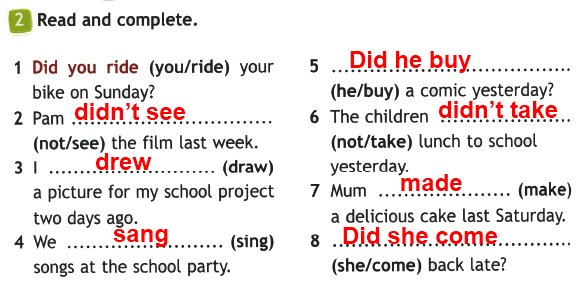 From dancers forgetting their girls leotards to hair styles gone awry, you are likely going to hear some whining and crying throughout the day. There's so much hard work at stake and fears and stress in play, but simply try to ignore the bad and instead embrace the fun and high energy of it all. If your child loves to dance, then dance competitions are something you're going to have to get used to. So it's easier to just accept them for what they are and try to have some fun during your time there.
From dancers forgetting their girls leotards to hair styles gone awry, you are likely going to hear some whining and crying throughout the day. There's so much hard work at stake and fears and stress in play, but simply try to ignore the bad and instead embrace the fun and high energy of it all. If your child loves to dance, then dance competitions are something you're going to have to get used to. So it's easier to just accept them for what they are and try to have some fun during your time there.
Rule #4: Don't take pictures if it's prohibited.
Every dance competition is unique. For instance, some allow for photography, while others strictly prohibit it. If the one you're at doesn't allow it, don't think you can get away with snapping a quick photo without anyone noticing. Chances are, they will and your child's team could get points deducted during judging because you didn't follow the rules. That said, many competitions have professional photographers taking action shots during performances.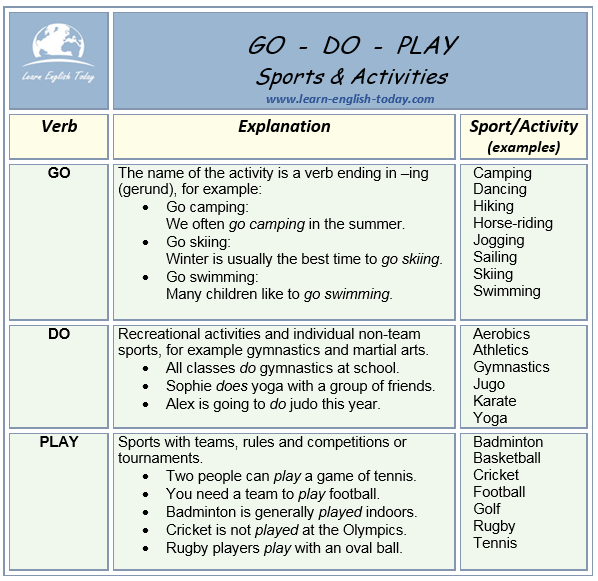 You can order photos directly from them after the competition.
You can order photos directly from them after the competition.
Now that you know what to expect during the big day, it's also vitally important that you properly prepare for it all, to ensure things go as smoothly as possible. Don't think you can just throw your child's dance things in a bag the morning of and be ready to go. There are simply too many items that need to be remembered and too much to do ahead of time. Here are some tips to help you get it all done:
- Pack the night before. Depending on the age of your dancer, you might pack for them, or have them pack the night before. Even if they are the ones doing the packing, make sure you check their bag before leaving for the competition. If they forget something, then you're going to have to bear the brunt of a meltdown. So it's best to take the time you need the night before to ensure everything is packed and checked...then checked again.
- Make sure to bring beverages and snacks. In all the craziness of making sure your dancer has their costume pieces, including their girls leotards, as well as makeup, hair accessories, double-sided tape, a brush, hairspray -- and the list goes on -- don't forget to pack a snack.
 Your dancer will be so focused on getting ready for their performance that they will often forget to eat. What's more is that low blood sugar can impact their jumps and moves on the stage. That said, eating a big meal in between numbers isn't a good idea either. That's why packing plenty of healthy snacks is so important. Think fruit, trail mix, a sandwich, juice and other nutritious options that can help your dancer to maintain their energy level throughout the day without weighing them down.
Your dancer will be so focused on getting ready for their performance that they will often forget to eat. What's more is that low blood sugar can impact their jumps and moves on the stage. That said, eating a big meal in between numbers isn't a good idea either. That's why packing plenty of healthy snacks is so important. Think fruit, trail mix, a sandwich, juice and other nutritious options that can help your dancer to maintain their energy level throughout the day without weighing them down. - Know where you're going and where to park. One vital detail for the day that's important to know ahead of time is how to get to the venue and where you are supposed to park. Many dance competition venues have dedicated parking; however, for others, you'll have to park on the street. If the meters don't take credit cards, you need to make sure you have cash on hand.
- Find a good seat and save your spot. Before the venue fills up, you're going to want to find a good seat where you have an optimal view of the stage.
 If you don't want to sit for a long period, you can simply save your spot with your coat or other items. Also, if you know there is going to be a lot of waiting around and time to kill throughout the day, make sure you bring a book to read or work to do so it's not a total waste.
If you don't want to sit for a long period, you can simply save your spot with your coat or other items. Also, if you know there is going to be a lot of waiting around and time to kill throughout the day, make sure you bring a book to read or work to do so it's not a total waste.
Your dancer is busy preparing and practicing for their competition. As a dance mom, follow the tips and advice above to make sure you're just as ready for the big day.
Looking for Competition-Ready Dance Wear & Girls Leotards?
If you're looking for dancewear, such as kids leotards, dance shoes and dance costumes, that can help your dancer stand out whether in a competition or in the rehearsal studio, look no further than Just For Kix. We offer a wide range of affordable and stylish options that can meet your needs and budget.
Request a Just For Kix Catalog!
Competitive Dance - Quick Guide
Competitive Dance is a sport in which dancers compete by performing dances in several permitted dance styles such as tap, lyric, jazz, acro, ballet, hip hop, modern, modern, etc. Before the general group of judges. It is a very popular and widespread sport all over the world.
Before the general group of judges. It is a very popular and widespread sport all over the world.
Competitors compete by dancing and performing a style of their choice in front of a group of judges. These judges give them points that award the title to an individual performer or team.
A brief history of dance
The period of the third millennium BC is the period when dance became widely popular. At that time, dance was one of the integral parts of religious ceremonies among the Egyptians.
In many tomb paintings, it was observed that Egyptian priests displayed musical instruments and dancers imitated valuable events such as the stories of the gods and cosmic pictures of the movement of the stars and the sun. This tradition is of great importance to ancient Greece as they dance on a very open platform (leading to the birth of the famous Greek theater in the 6th century BC).
Over time, even other religions have incorporated dance as an integral part of their ceremonies. For example, Bharata Nathyam is a dance in Hinduism that is still performed today. It is clear that the religious purpose was not the only reason
For example, Bharata Nathyam is a dance in Hinduism that is still performed today. It is clear that the religious purpose was not the only reason
for the creation of dances. Ordinary people used dance to celebrate, entertain, seduce, and induce hyperactive arousal.
On the occasion of the annual celebration in honor of the Greek god of wine Dionysus, as well as the Roman god Bacchus, people danced and drank for many days. In Egyptian painting of 1400 B.C. a group of scantily clad girls danced among a wealthy male crowd, with several musicians playing for them.
At the beginning of the Renaissance ballet became one of the dances of high society. Before the Renaissance, there was no such strong evidence for European dances. There is only very little historical evidence from that period. The chain dance was the only dance found before the Renaissance. After the arrival of the Renaissance, many other music and dances were introduced.
A dance performed by a group of dancers or by one dancer in a competition is called a routine . These procedures must be entered into the appropriate categories in each competition. Factors that determine the category that is entered through the respective procedures:
These procedures must be entered into the appropriate categories in each competition. Factors that determine the category that is entered through the respective procedures:
Dance Styles
The style of dance varies greatly depending on the type of area in which it will be shown, such as musical theatre, dance theatre, opera, etc. Basic types include jazz, acro, contemporary, hip hop, lyrical, knock, pointe, etc. The open dance category has even more classifications that are not mentioned above.
Number of dancers
Depending on the type of group performance, the number of dancers will vary. For example, a solo has one dancer, a duet needs two, a trio needs three, and so on. Among the same group there are also numerous categories.
Average age of dancers
It depends on the competition. Typical age categories -
- Petite - 8 years and under
- Junior - from 9 to 11
- Adolescent - 12 to 14 years old
- Senior - from 15 to 18
- Adult - 19 years and over
Dance music
It is obvious that a song is required for dancing and these songs are commercial songs created by artists or used in films or albums. The time limit is also there. In this way, the songs are edited and cut in such a way that they are best suited for the performance of the dancers.
The time limit is also there. In this way, the songs are edited and cut in such a way that they are best suited for the performance of the dancers.
The quality of the music is not a concern here, as the decision will be made only at the dance performance, and the songs are chosen in such a way that it suits the age and character of the dancer.
There are also a few dance programs that don't require a musical requirement at all. For example, click dance. Here, no music is played to highlight and appreciate the mastery of the performer's tap movement.
There are a certain set of rules that must be observed when performing a dance. However, the rules are not the same and may vary from competition to competition. The category of wise rules is similar. Breaking any rule can result in fines and in a pinch; The performer may be excluded from participation in the competition.
-
One performer can perform solo at several competitions.
-
In the same competition, a solo artist is not allowed to repeat the same style twice.

-
Ballet exercises must not contain acrobatic styles.
-
At the competition, the performer is allowed to dance on two lyrical solos.
-
Since the stand and costume are also of great importance, they must be strictly according to the age of the dancer.
-
The performer's legs must not rise more than six feet while performing the pivot.
One performer can perform solo at several competitions.
In one competition, a solo artist is not allowed to repeat the same style twice.
Ballet exercises must not contain acrobatic styles.
At the competition, the performer is allowed to dance on two lyrical solos.
Since the stand and costume are also of great importance, they must be strictly according to the age of the dancer.
The performer's legs must not rise more than six feet while performing the pivot.
The size and style of the group is very important during the competition and it really decides the placement award. A group is allowed to take a face-off against another group of the same size. For example, a solo artist should only compete against a solo artist, not against a duo, trio, or group.
A group is allowed to take a face-off against another group of the same size. For example, a solo artist should only compete against a solo artist, not against a duo, trio, or group.
Competitive Dance - Duration
The duration of the event depends on the number, types and dance routines that are programmed for the competition. In addition to the time required for dance performances, additional time is allocated for judging, score arrangements and award ceremonies.
Sometimes there is a change in the final schedule of the event due to late entries and scratches. In this way, participants receive information about the final schedules before a few days of competition. It is their part to make them self-sufficient and ready within this short period of time.
It is common etiquette for dancers to be present at all events associated with this competition, such as awards ceremony, last day ceremony, etc. In dance schools, there is a certain time slot for a performer to perform on a famous stage. like call time.
like call time.
Competitive Dance - Videography and photography
Choreography is an art that can be stolen very easily. A small change to a previous step can create a new step. That is why most production houses prohibit the use of a video camera to film a dance performance. Some hire professional videographers to shoot and sell copies only to in-house production crews.
Photography is not a type of infringement like video, but viewers are still not allowed to take pictures inside the hall as this would allow other professional photographers to take and sell pictures outside.
Competitive Dance - Conventions
Conventions are nothing but regional expert lessons. Experts are professional dancers who perform in movies, events, stage performances and know every dance very well. They organize such activities on the weekends in some large auditorium or outdoor area or stages where outside people can participate.
Dance schools also participate in these events to learn from the experts. In big cities where many people can gather, these events take place. The goal is to make passionate students aware of the ABCs of dance and motivate them to continue on the right path.
In big cities where many people can gather, these events take place. The goal is to make passionate students aware of the ABCs of dance and motivate them to continue on the right path.
As a rule, professional dancers are hired to judge a dance competition. They carefully watch all the dancers and sit in front of the entire audience.
Each judge writes down a score sheet for each procedure, awarding points for various categories such as techniques, facial expressions, costumes, choreography and overall impression.
They may also leave comments on their score sheets or in some cases even record audio comments for the dancers and their choreographers.
Once the audio commentary has been recorded, it is usually given to the dancers on CD or DVD media so that the performance can be viewed while listening to the judge's commentary in real time.
Judging Process
Judging categories vary from competition to competition, but the categories commonly judged cover aspects of display technique such as movement execution, correct form and transition, costume, routine complexity, music and choreography.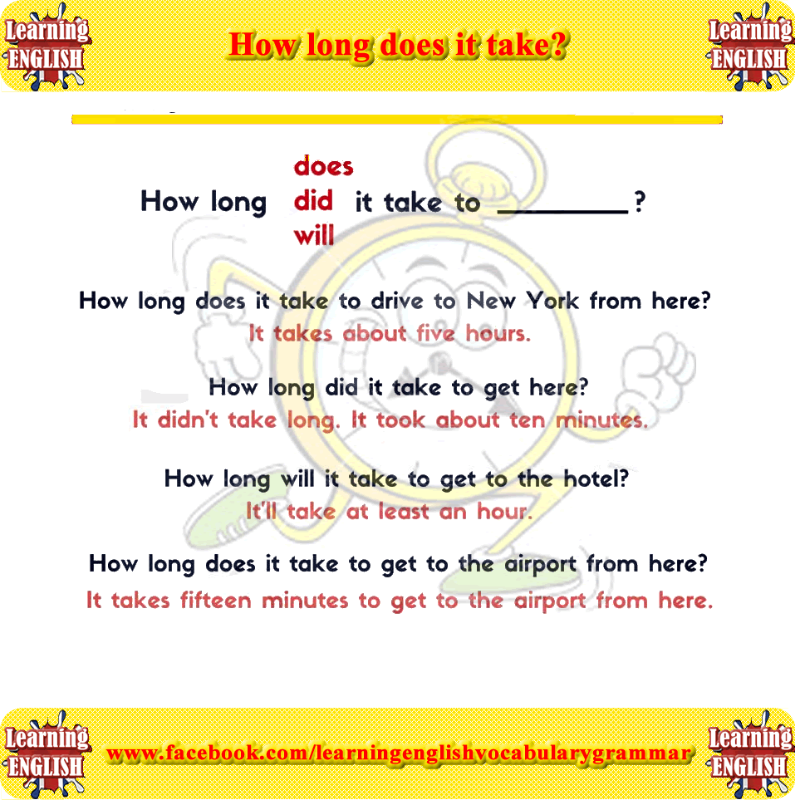
The judge can give scores out of 100. If a performer or team gets 100, this is called perfect score . Each judge gives his own score, and the total score is nothing more than the addition of all the individual scores of the judges.
Regional competitions
School auditoriums are the preferred venue for regional competitions as they include a stage and a suitable seat for judges and spectators. Places are not limited to just high school. Seats are usually rented for a period of one to four days in a row, depending on the number of dancers planned for the competition.
Competitions often start very early in the morning and continue until late at night to reduce rental and other costs.
National competitions
National competitions usually last for weeks, and many competitors, along with their coaches, flood all parts of the country. So it's obvious that this is taking place in a large rented hall with well-decorated lighting and sound system. These competitions also include –
These competitions also include –
- Dance-off or Dance-down
- Workshops and dance lessons
- Choreographers for additional training
- Final Festival
Let's now look at some competitive dance champions and their careers.
Nick Lazzarini
Nick Lazzarini is an American dancer and winner of the first season of the reality show So You Think You Can Dance. The dance styles in which he is an expert are hip hop, jazz, ballet, lyric and contemporary dance.
He started dancing at the age of four and choreography at the age of 14. After winning So You Think You Can Dance, he first appeared on the title page of Dance Spirit. In March 2006, he joined the Evolution Dance Company as a founding member.
Salman Yusuff Khan
Salman Yusuff Khan belongs to Bangalore and is a choreographer, dancer and actor. He has also taken part in reality shows such as Jhalak Dikhla Jaa and Dance India Dance.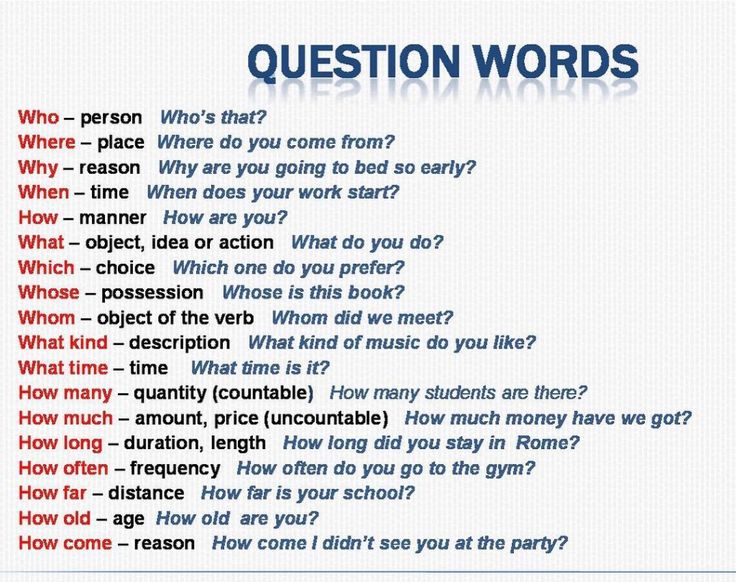
Since childhood, he loved to dance and studied salsa, hip-hop and other dance styles. After completing his education, he participated in Dance India Dance and also worked as a choreographer at Jhalak Dikhla Jaa. He also won the sixth season of Jalak Dikhla Jaa with Drashti Dhami.
Joshua Allen
Joshua Allen belongs to the United States and is the winner of the fourth season of the reality show So You Think You Can Dance. In this show, he performed many forms of dance including jazz, hip hop, samba and many more.
He started his dancing practice at the age of eight. He was influenced by Michael Jackson. After winning the reality show You May Think You Can Dance, he participated in Step Up 3D. He also acted in a musical film called Footloose.
Benjamin "Benji" Daniel Schwimmer
Benjamin Daniel Schwimmer is an American dancer who won the second season of the reality show So You Think You Can Dance in 2006. He works for the non-profit organization Dancers Wherever You Need. He also writes songs for the Pop-Rock Band and also works as a producer and vocalist. His father, mother and sister dance and he also started competing at the age of five.
He also writes songs for the Pop-Rock Band and also works as a producer and vocalist. His father, mother and sister dance and he also started competing at the age of five.
He and his cousin were US Open Showcase Swing champions. In 2006, he took part in Fox's New Year Eve Show. In 2007, he played the role of Candyman in Christina Aguilera's music video. In 2008, he again became the US and World Swing Champion. He was hired by Paula Abdul to direct her final performance.
Akai Osei
Akai Osei is a British dancer, winner of the first episode of Got to Dance. He got his dance inspiration from Michael Jackson. He appeared in the movie StreetDance 3D and its sequel StreetDance 2.
Along with this, he also participated in Pied Piper, a hip-hop show hosted by Boy Blue Entertainment. In 2010, he was cast in Into the Hoods, and with it, he appeared on the television program Blue Peter. In addition to all this, he has appeared in many shows and films.
Lauren Rose Froderman
Lauren Rose Froderman is a professional dancer from America.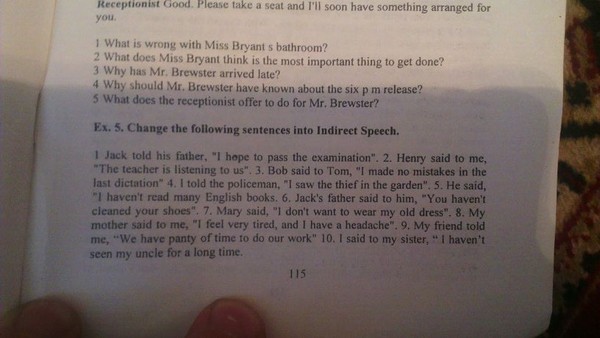 She completed her high school education in 2010 from Greenway High School and graduated from Loyola Marymount University in 2015. She was trained by Donald Dady.
She completed her high school education in 2010 from Greenway High School and graduated from Loyola Marymount University in 2015. She was trained by Donald Dady.
She started dancing when she was three years old. Froderman is the winner of the seventh season of So You Think You Can Dance. She specializes in contemporary dance, hip-hop and jazz, and also loves to sing.
Jeanine Marie Mason
Jeanine Marie Mason is an American dancer who won the fifth season of the reality show So You Think You Can Dance. She is the youngest winner of the show. After winning the show, she began her acting career. Her first show was Big Time Rush, which was a Nickelodeon Halloween episode.
She is also an actress and is popular for her role in Bunheads as Cozzette. Mason started dancing at the age of three and has learned many dance styles such as jazz, acrobatics, hip hop and modern dance.
Melanie Moore
Melanie Moore is an American professional dancer who won the eighth season of the reality show So You Think You Can Dance. She was 19 years old when she participated in the show. Moore was educated at Lassiter High School.
She was 19 years old when she participated in the show. Moore was educated at Lassiter High School.
She trained at the Rhythm Dance Center in Marietta for 12 years. She appeared on the TV show All the Right Moves as a member of the dance company Shaping Sound. She also participated in Glee, Fox's musical comedy drama. She is currently playing the role of Chava in Fiddler of the Roof which is a musical theatre.
Eliana Girard
Eliana Girard is an American professional dancer who won the ninth season of So You Think You Can Dance. She specializes in modern style ballet dance. She started dancing at the age of three and started her dance career in 2009.year.
Because she was passionate about dancing, she left Dreyfus High School and entered the Joffrey Ballet School. After that, she entered the Alvin Alley School. Since 2013, she has been designing a clothing line for Sugar and Bruno.
all about the sport and its features
It is surprising how an independent sports discipline, now called ballroom dancing, was formed from the main attribute of secular pastime in the Middle Ages.
However, their unusual origin is not their only feature. Like any other sport, ballroom dancing puts a lot of emphasis on the physical skills of the participants. But musical accompaniment also plays an important role in the performance. Therefore, artistry, a sense of rhythm and an artistic image are added to the necessary qualities of athletes. These nuances of dance skills, along with the accepted classes and types of ballroom dancing, will be discussed in this article.
What is ballroom dancing?
It is easy to guess that the adjective "ballroom" was formed from the word "ball". The latter concept is interpreted as a solemn event with strict etiquette and a pre-compiled dance program, which includes exclusively classical dances (mainly waltz, quickstep, tango, foxtrot, etc.).
The venue of the ball is a spacious parquet-covered room, and the list of participants includes persons of both sexes. Based on the foregoing, we can conclude that ballroom dancing is a set of various pair dances performed by a duet of a man and a woman.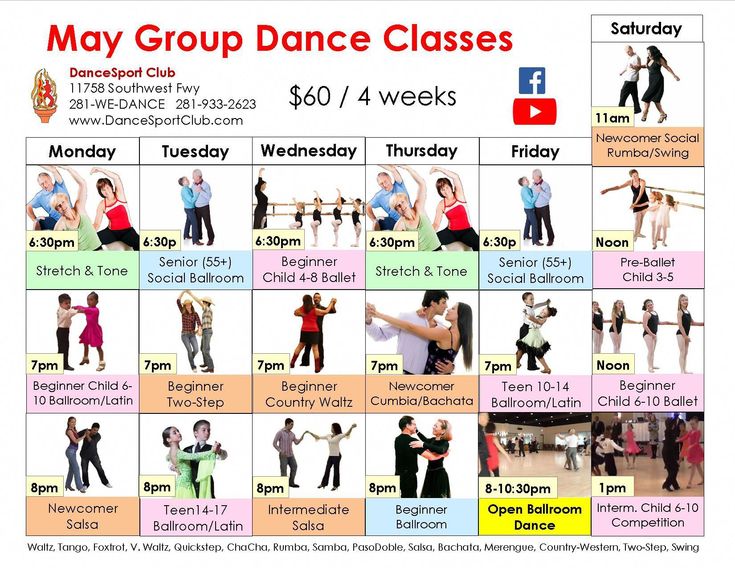
Ballroom dancing classes
Classify athletes by both age and skill. In competitions, this distribution is carried out to balance the forces of rivals.
To take part in competitions, it is not necessary to have any ranks and titles. Beginners at competitions are awarded the lowest class. For career growth, participants need to accumulate points. You can do this by attending dance events more often and winning prizes at them.
As the class increases, the professional skills of the dancer improve and more rights and opportunities appear to perform complex elements that are most valued at competitions.
Athletes are divided into the following categories:
- E and H-grades. Beginning skill level. For participants in these classes, competitions as such are not held. But there is an inspection during which the dancers demonstrate the basic technique. According to it, it turns out whether they will pass to the next stage or not.
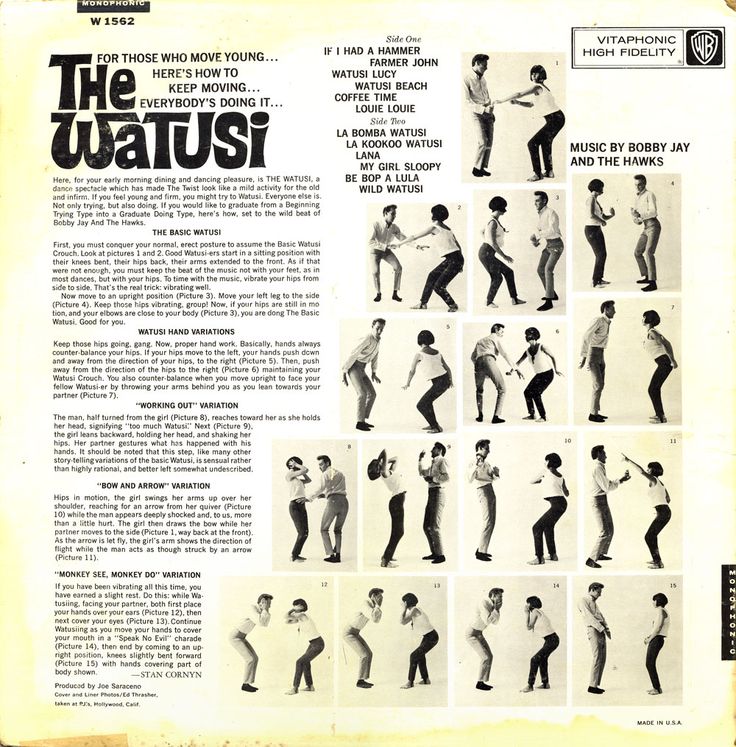 During the event, athletes must have certain numbers next to the letters of their categories. They indicate the number of dances to be learned and presented. The very first level includes 3 fundamental dances: waltz, cha-cha-cha and polka.
During the event, athletes must have certain numbers next to the letters of their categories. They indicate the number of dances to be learned and presented. The very first level includes 3 fundamental dances: waltz, cha-cha-cha and polka.
Also in the E-class, the participant is given the choice of the program in which he wants to develop. There are only two of them - European (mastering the slow and Viennese waltz, quickstep, etc.) and Latin American (studying samba, jive, cha-cha-cha, etc.). Or he can take part in activities that are associated with both styles.
- D-class. The second most professional level in ballroom dancing. There is also a division into programs. However, at this stage, there are already as many as 8 dances necessary for learning. For students who have chosen the European program, tango is added, and for those studying Latin American - rumba. The old choreography begins to become more complicated with the emergence of new elements.
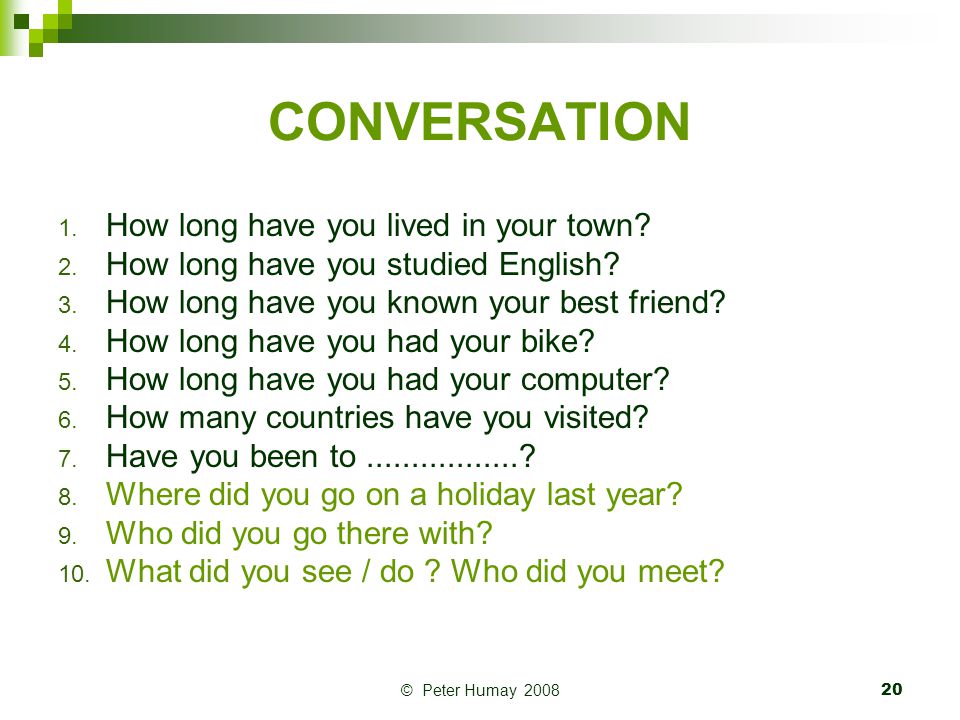
- C-class. At this stage, participants must show not only the technical part, but also the creative part. Therefore, points are awarded not only for professional performance, but also for the elegance and beauty of the dance. Thus, this stage helps students to express themselves from different sides, making a whole art out of the sport.
The paso doble (in the Latin American program) and the foxtrot (in the European program) are among the new dances required for learning. It is believed that in the C-class there are already no beginners and amateurs. All athletes in this category are professionals.
- B-class. There are much more free movements in performances. Supports and postures are added to the list of officially acceptable techniques. Also, the participant at this stage must finally decide on the program, if he has not done so before.
- S, A and M-classes. They are the most honorable categories of ballroom dancing in terms of skill.
 Classification-S is assigned to an athlete based on the results of National Championships. To obtain it, you must participate in the Olympiads and world dance competitions.
Classification-S is assigned to an athlete based on the results of National Championships. To obtain it, you must participate in the Olympiads and world dance competitions.
Category-A - intermediate between the lower classes and international.
Class-M is the highest level in an athlete's career. To achieve this category, some dancers spend their entire lives training tirelessly for decades and pushing their limits to the limit.
- Hobby class. Although it is not official, this category is recognized by judges at dance competitions. The class is designed exclusively for adults who have expressed a desire to dance at a later age. Moreover, the reasons for this can be completely different: some do not want to go deep into professional sports and therefore remain in the circle of amateurs, and someone enters this class in order to keep their body in good shape.
Obtaining ranks is carried out by summing up the accumulated points, which are awarded based on the awards and titles won. Therefore, if an athlete wants to change his class, he must attend dance events at least once a year.
Therefore, if an athlete wants to change his class, he must attend dance events at least once a year.
Types of ballroom dancing
There are many types, and all of them are distributed by origin in two dance programs, which have already been superficially touched upon in this article.
European Program
It includes 5 basic dances. They are the following:
- Tango. Paired slow dance free composition with a sliding step. It has several varieties: classic ballroom, Finnish and Argentinean. However, all these directions have a similar feature - a deep expressive sensuality during performance, combining passion and rigor with its movements.
- Slow (English) waltz. A dance with a completed choreographic combination consisting of three pas (steps). Due to its simplicity, but at the same time solemnity and elegance, the waltz is the main transmission of romantic feelings. That is why this dance is very popular, which is why you can meet it both at the famous Viennese balls and at ordinary graduation parties.
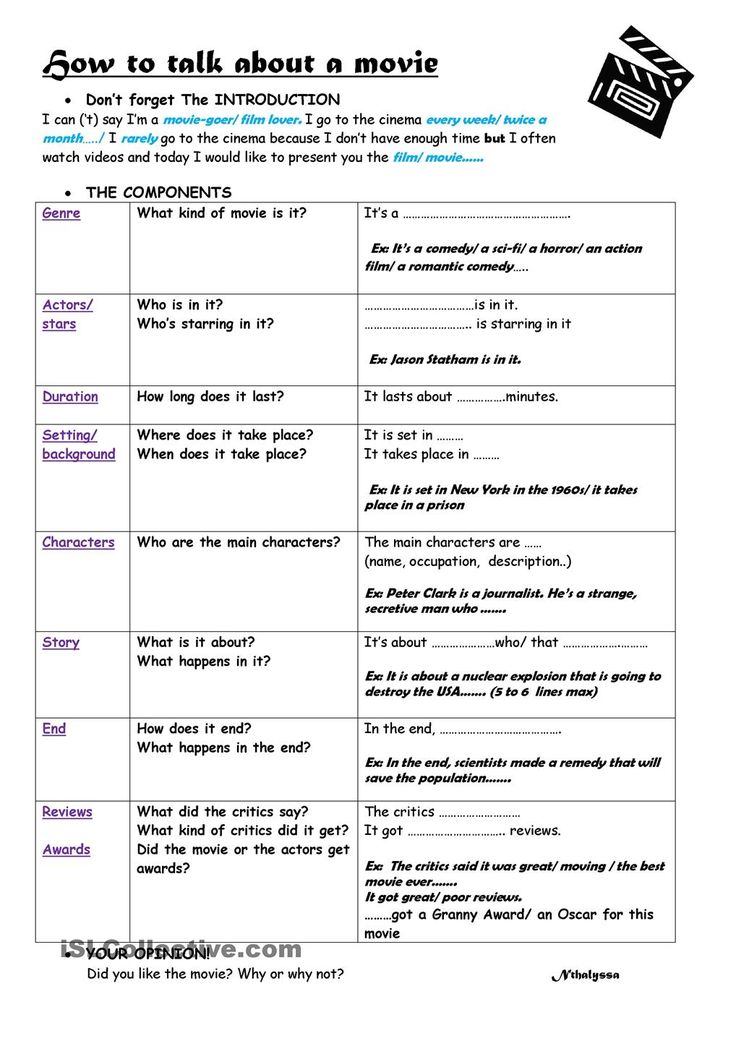
- Viennese waltz. It differs from the English waltz in the tempo of performance and the number of sounding musical measures per minute. Unlike its other variety, it is swift, but also does not lose grace and romance in its movements. It is most common at festive events, most often it is possible to meet it at weddings.
- Fast foxtrot (quickstep). A ballroom dance that requires great mobility from its performers. Therefore, its name is translated as "quick step." Filled with enchantment and lightness, he inspires enthusiastic feelings in his dancers and spectators.
- Slow Foxtrot. It is famous for its unsurpassed elegance, which appears due to the smooth, refined movements of the dance partners. Everyone can master the technical part with a little perseverance, but not many can feel the full depth of the dance and reflect it colorfully in their performance.
Interestingly, the order of dance performance is different for different categories. Professionals after the tango should present a slow and fast foxtrot, ending their performance with a Viennese waltz. At the same time, for amateurs, the slow foxtrot and quickstep are performed at the end of the program, and the Viennese waltz is performed after the tango.
Professionals after the tango should present a slow and fast foxtrot, ending their performance with a Viennese waltz. At the same time, for amateurs, the slow foxtrot and quickstep are performed at the end of the program, and the Viennese waltz is performed after the tango.
Latin American program
The types of dances of this program were formed from elements of Mexican, African and European and other cultures. Due to this, they received their versatility.
- Cha-cha-cha. Incendiary Cuban dance with a clear rhythm. The name was given because of the characteristic sounds that occur when heels are tapped on the floor. Having gained mass distribution throughout the Caribbean and beyond, the dance continues to be a fun pastime at Cuban street parties and cafes.
- Samba. National Brazilian dance, which became popular thanks to local carnivals, where it was actively performed. It combines several varieties, namely Samba de roda, Pagode, Samba reggae, Samba nu pe, Samba ashe and Samba de gafieira.
 Each of them has an impromptu entertainment character with the possible addition of acrobatic movements.
Each of them has an impromptu entertainment character with the possible addition of acrobatic movements. - Paso Doble. Spanish folk dance based on bullfighting. With his movements, he imitates bullfights. During the performance, the dance partner acts as a matador, and his partner portrays either a “capote” (a piece of red cloth that the bullfighter wields in battle), or another matador, or the bull itself, although the latter is extremely rare.
- Rumba. A pair dance that originated in Cuba, but is of African origin. It is a combination of slow, gentle movements that alternate with the wide steps of the dancers. The most famous type of rumba is Guaguanco, which is erotic in nature. The essence of its execution is that the lady, with the help of smooth, but at the same time persistent maneuvers, avoids close contact with the gentleman who is caring for her. He, in turn, on the contrary, should pursue his partner, trying to touch her hips. Most likely, it was precisely because of the passionate movements that the rumba began to be called the “dance of love”.

- Jive. It is an African-American version of swing (a group of dances that are performed to jazz music) with frisky and free actions that allow dancers to show their imagination. But in addition to speed and improvisation, it includes many choreographic throws, which are considered quite dangerous elements at this pace of performance. Therefore, dance duets demonstrating jive must have good physical training and the necessary acrobatic skills in order to effectively perform in front of the public and prevent accidents.
Based on the foregoing, it is obvious that the Latin American program includes exclusively incendiary dances, famous for their extravagance and indomitable energy.
Competition Rules
Since ballroom dancing is a sports discipline in which competitions are held periodically, the list of rules must be appropriate. For ease of understanding, all established procedures and conditions can be divided into the following sections:
- Competition venue;
- Order of the tournament;
- Musical accompaniment;
- Age groups;
- Participants' costumes;
- composition of the panel of judges;
- Evaluation criteria.

In order to delve into all the subtleties of dance competitions, each of the above points should be analyzed separately.
Competition Venue
For the full-fledged holding of the tournament, the sports facility must include several mandatory premises. These include:
- Place for registration of participants. It is equipped with the necessary equipment that ensures the quality work of the registration commission. As a rule, it is located at a distance from the parquet floor.
- Area for the work of the registration and counting group. It is located next to the performance area in the visibility zone of athletes and spectators. This commission includes the chief judge, his deputy and chief secretary. No other person is allowed to stay in the area for the registration and scoring group during the competition.
- Room for preparing dancers for competitions. It is not only designed for training participants before performances, but also used as a relaxation room.
 Must be equipped with a sufficient number of chairs and places to accommodate costumes, as well as other necessary equipment.
Must be equipped with a sufficient number of chairs and places to accommodate costumes, as well as other necessary equipment. - Room for the referee team. It hosts meetings of all judges serving competitions, and organizes lunch breaks for them. Only members of the board have the right to enter such a place, no one else can be present there.
- Place (as a rule, it is a special stand) for announcement of information. This board should show all the necessary data of the tournament: the program of the competition, the results of performances, etc.
- Parquet area (performances are held on it). As you can already understand, the area for dancing should ideally have a smooth parquet floor with lines drawn around the perimeter that indicate the boundaries of the dance floor. The long sides of this rectangle should be at least 22 meters, and the short sides should be about 16 meters. Thus, the area of such a place for performances normally reaches 350 or more square meters.
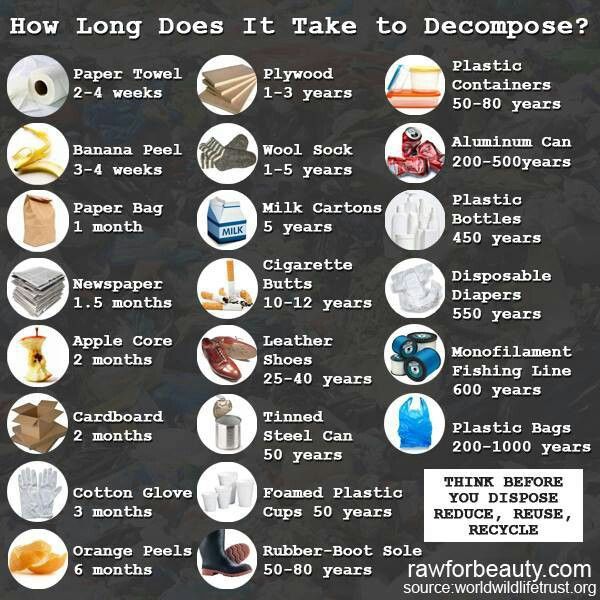
Thus, the key requirement for the competition venue is compliance with all established standards in order to ensure the convenience of athletes and judges.
Tournament procedure
The competition includes qualifying rounds and a final. The break between such rounds lasts at least 20 minutes, and between the dances in the semi-final and final - at least 20 seconds. The tournament, which includes Latin American and European programs, can be held for two days if the athletes perform more than 35 dances per day. From the initial qualifying round to the next one, at least half of the pairs that performed can go. However, in this case, their number should not exceed two thirds. Starting from the second round, some paired participants who have scored the same number of points for their performances are allowed to the next stages. However, this happens only if the number of passed pairs does not exceed the established norms. As a result, a maximum of 6 couples should be in the final.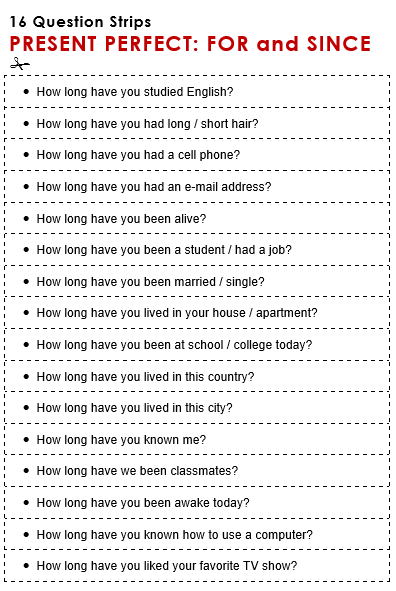 But there are exceptions: in the case when 14 or 15 couples get into the semi-final, the chief judge has the right to allow 7 couples to the final.
But there are exceptions: in the case when 14 or 15 couples get into the semi-final, the chief judge has the right to allow 7 couples to the final.
A different number of athletes may be present in one dance run. It depends on the size of the performance area. As a rule, one pair accounts for 25 square meters. Also, in the qualifying rounds (usually up to the semi-finals), with the permission of the chief judge, some performances may be withdrawn. From the program, which has 6, 8 or 10 types of dances, it is allowed to exclude one at a time. However, not all dances can be removed from the dance repertoire. Most often, fast foxtrot, cha-cha-cha, Viennese waltz, jive or paso doble are removed from programs. Couples are selected for admission to other rounds on a pro-against basis. The jury marks those participants who, according to experts, are worthy of competing in the subsequent stages. In the final round, the judges determine the places for the dancers, the number of which is equal to the number of pairs-finalists.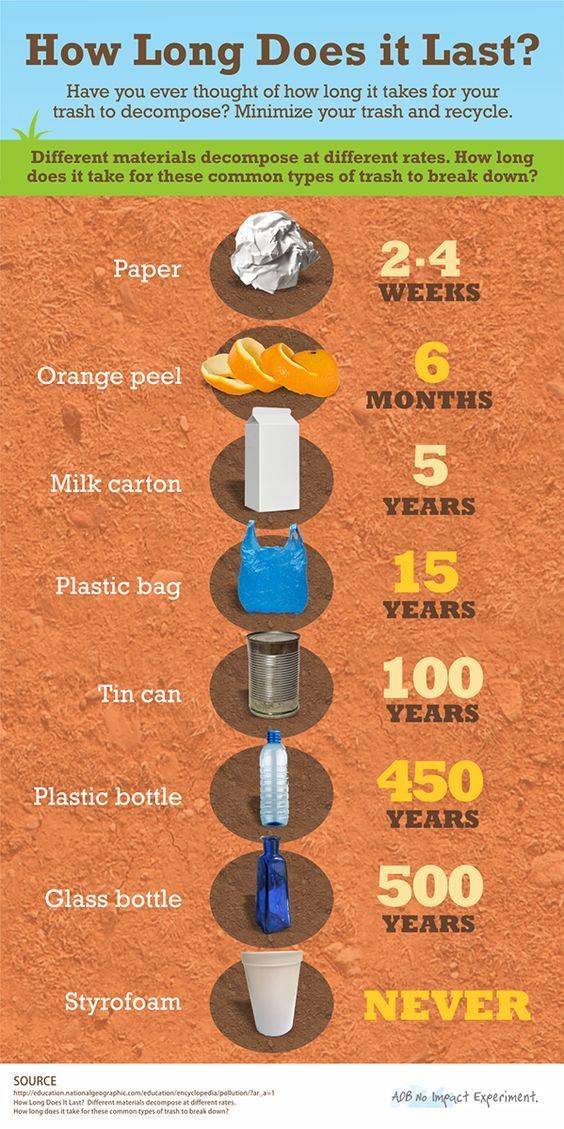
Among other things, there are immutable conditions, in case of failure to comply with which athletes are suspended from the tournament or given the lowest mark (the latter can only occur in the final). These rules include punctuality (if the dancers did not arrive on time at the performance site, they will be disqualified) and the performance of the dance program in full (premature termination of the dance also threatens to be removed from the competition).
Musical accompaniment
Key requirements for musical accompaniment at competitions: high-quality sound and compliance with the nature of the dance being performed. The duration of the music played varies from one and a half to two minutes. The exception is the paso doble dance. In one round, the tempo of the music in all runs must be the same. In cases where the criteria for musical accompaniment are not met, the chief judge has the right to interrupt the performance and require the replacement of music.
Age groups
As in any other sport, in ballroom dancing there are age restrictions for athletes.
The following age categories have been compiled for dance couples:
- Boys and girls (7-9 years old): in the Juvenile-1 age group.
- Boys and girls (10-11 years old): are listed in the Juvenile-2 age category.
- Boys and girls (12-13 years old): are determined in the age group "Junior-1".
- Boys and girls (14-15 years old): are members of the age division "Junior-2".
- Juniors and juniors (16-18 years old): belong to the age category "Youth".
- Juniors and juniors (16-20 years old): are in the age category "Under-21".
- Juniors and juniors (17-25 years old): participate in competitions as students.
- Males and females (19 years of age and over): Non-students who are nineteen years of age or older are included in the "Adult" age group.
Since one of the athletes may be 1-2 years younger or older than his dance partner, they are still included in the same age division.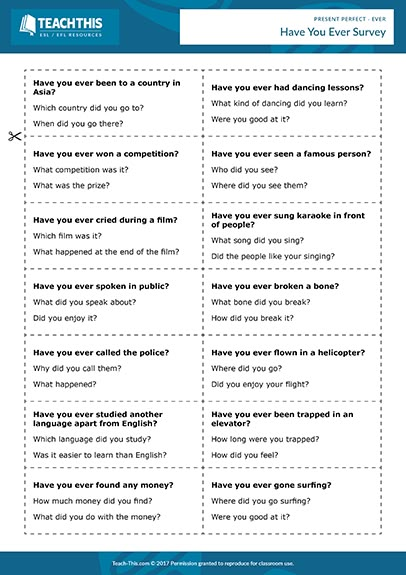 That is why the same groups of “juniors and juniors” have such a spread in age.
That is why the same groups of “juniors and juniors” have such a spread in age.
Participant costumes
Athletes' ballroom uniforms are custom-tailored clothing that meets moral and ethical standards in appearance, is suitable for a certain age group and corresponds to a specific dance program. The presence of any religious or occult symbols on the equipment is prohibited. An indication of belonging to a state is only allowed if the participant is a member of the national team of the country.
The dancer's costume itself can consist of various elements of clothing, whether trousers with a shirt or tights. It is permissible to fix fabric applications, ruffles, all kinds of embroidery, fringe, feathers, animal fur, rhinestones, beads, rivets, fresh flowers and much more on it.
Get new forecasts: Vkontakte and Telegram .
There are also a great variety of headwear options, ranging from a regular cap to a headband. Also, as an addition to the artistic image of the participant, it is allowed to add accessories such as a belt, suspenders, gloves, sashes, jewelry and bijouterie (clips, hairpins, necklaces, tiaras, beads, decorative combs, etc.) and much more.
Also, as an addition to the artistic image of the participant, it is allowed to add accessories such as a belt, suspenders, gloves, sashes, jewelry and bijouterie (clips, hairpins, necklaces, tiaras, beads, decorative combs, etc.) and much more.
The assortment of shoes is much more scarce. To avoid injury, athletes must perform numbers in special shoes or sandals. The list of permitted hairstyles includes buns, braids, false wigs, dreadlocks, afro-braids and other haircuts and hair styling. It is permissible to apply makeup and do makeup with decorative cosmetics. These include foundation, eye shadow, mascara, lipstick, blush, powder, lip liner, and more.
Panel of judges
The judging team is the most significant group of people serving the competition. It includes people with the following positions:
- Chief Judge;
- Deputy Chief Judge;
- Judges present at the participants;
- Linesmen;
- Chief secretary of the tournament.

The membership varies depending on the status of the dance competition and the number of registered athletes.
Evaluation criteria
It doesn't matter what discipline a couple of participants competed in. They are evaluated according to the same four criteria:
- Dance technique;
- Athletes' partnerships;
- The musicality of their movements;
- Choreography and presentation.
For each item analyzed by the judges, the speakers are awarded points, which later determine their place in the tournament.
FederationDespite the fact that ballroom dancing as a separate sport appeared relatively recently, quite a lot of sports organizations have already been created in this discipline.
However, attention should be paid to the largest and most popular associations. Below are some of them.
- World DanceSport Federation, or (abbreviated) WDSF. It was founded in May 1957, initially positioning itself as the International Council of Amateur Dancers.
 After its creation, the organization was renamed twice. The first case took place in the 90s, when the federation expanded significantly and changed its name to the International DanceSport Federation, or International DanceSport Fegeration. The second name, namely WDSF, the organization received in 2011, in order to emphasize its scale.
After its creation, the organization was renamed twice. The first case took place in the 90s, when the federation expanded significantly and changed its name to the International DanceSport Federation, or International DanceSport Fegeration. The second name, namely WDSF, the organization received in 2011, in order to emphasize its scale.
The organization's ambition has paid off: it has over 90 members, two-thirds of which are recognized by the National Olympic Committee (NOC). Full members include such countries as Australia, Belarus, Spain, Sweden, Ukraine, Russia, Poland, Portugal, Mongolia, etc.
- All-Russian Federation of Dance Sports and Acrobatic Rock and Roll, better known as FTSARR. It was created on the basis of an all-Russian association responsible for the development and promotion of dance sports in the Russian Federation. He is an honorary member of the World DanceSport Federation and is part of the World Rock and Roll Confederation or the World Rock and Roll Confederation.
 The Russian organization is famous for its representatives, who regularly occupy leading positions on the world stage.
The Russian organization is famous for its representatives, who regularly occupy leading positions on the world stage. - International Dance Committee, or WDC. It was founded in September 1950 in Edinburgh during a meeting at which questions were discussed regarding the holding of world championships in ballroom dancing. Later, the organization came to be considered the successor to the International Ballroom Dancing Committee. Over time, the committee expanded, and by 2006 consisted of 59 members. At the same time, each of the latter acquired its own national dance federation. The main difference between the WDC and the WDSF is that the WDC is primarily a committee for professional dancers, while the World DanceSport Federation works mainly with amateurs.
All of the above organizations can be considered outstanding, as each of them managed to succeed in the dance sport and bring it to a higher level.
Development history
Ballroom dancing originated in medieval Europe and the United States in the 17th and 18th centuries, emerging from folk traditions. Initially, they were performed at the court of the monarch under exact prescribed conditions. One of them was the ban on turning your back to the ruler.
Initially, they were performed at the court of the monarch under exact prescribed conditions. One of them was the ban on turning your back to the ruler.
However, already in the 19th century, court etiquette was simplified, and performances of dancers facing the throne were arranged on the most solemn occasions. Under any other circumstances they danced in a circle or a square.
As for the types of dances, in the first half of the 19th century, the waltz and polka were especially in demand, which managed to become an integral part of all festive events. For their holding, closed theme evenings were set aside, sponsored by military leaders, large landowners and other prominent persons. It was possible to attend them only with a special invitation.
Each girl on the guest list was given a souvenir card with all the names of her dance partners. In order to be among them, the man had to first wait until he was introduced to the lady, and only then ask for permission.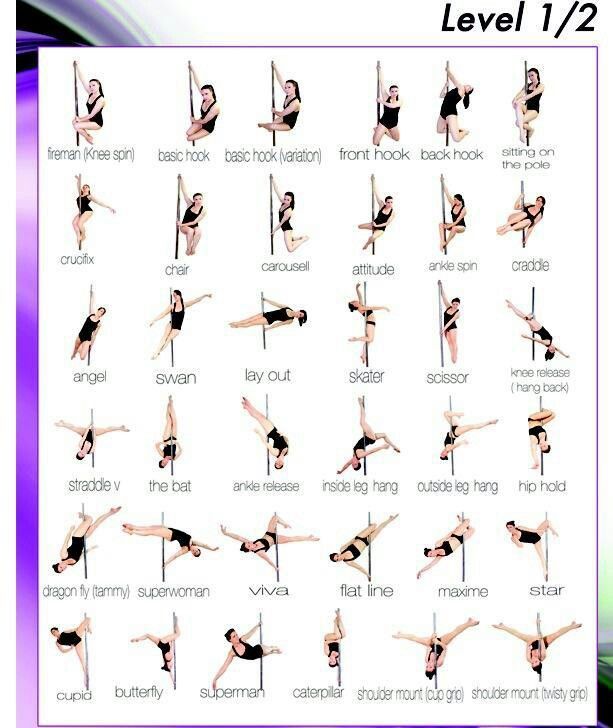
Dances were performed to live music, taken and adapted from ballets, operas and national songs that sounded during the polonaise, mazurka, Krakowiak, etc. The orchestra played compositions in a certain order, which was prepared in advance and announced to the guests by the head of the troupe. As a rule, for a change, slow dances alternated with fast ones.
The number of dancers, as well as their formation during performances, varied depending on the size of the ballrooms. Basically, the trajectories of the guests were a circle or a line (since the room most often had a rectangular shape, the participants moved along its perimeter, passing two short and two long straight lines).
With the growing popularity of ballroom dancing, such events have become public, ceasing to be a special place with strict etiquette, where you can enter only by individual invitation.
The very concept of ballroom dancing has also changed. If at the beginning of the 19th century they were considered a cultural evening leisure, then after several decades, dancing became part of the afternoon pastime.
In addition, the development of dance culture was influenced by various thematic teaching aids, which began to be mass-produced. Moreover, the books themselves were published in a miniature form, suitable for comfortable carrying in a pocket or purse. Over time, printed manuals began to appear not only in textbooks on etiquette, but also in various magazines.
But not only relevant literature helped citizens in learning the art of dance. Thematic circles and even entire professional associations were opened, in which real masters were engaged in training everyone.
With the onset of the 20th century, ballroom dancing underwent a series of transformations. They have ceased to be a kind of national property, having become an ordinary occupation of the majority. Long established routines during performances have become less significant, receding into the background.
Direct study of dances, especially such as two-step, one-step, foxtrot, etc. , has become much easier. However, this is not only due to the fact that some optional conventions were removed. Also, the facilitated learning process was influenced by the growth of qualified teachers and, accordingly, the widespread opening of educational institutions.
, has become much easier. However, this is not only due to the fact that some optional conventions were removed. Also, the facilitated learning process was influenced by the growth of qualified teachers and, accordingly, the widespread opening of educational institutions.
Thus, ballroom dancing was divided into two categories: professional, or "exhibition" (increased attention was paid to proper etiquette and artistic images, as they were shown in public) and competitive (dances were performed at competitions according to established rules in order to win prizes and titles ).
In parallel, unprofessional ballroom dancing began to spread its influence in society, which began to be organized in many crowded places.
However, such meetings of amateurs often turned into drinking alcoholic beverages. In the United States, such cases led to the ban on alcohol, which was in effect in the 1920s and 1930s. As a result, youth dance groups began to disintegrate or migrate to Europe.
In the same years, the popularization of music for ballroom dancing, distributed by radio.
Gradually, the line between social and ballroom dancing began to blur. African-American social dances (lindy, swing, stomp, etc.) began to be introduced into the repertoire of events.
A little later, samba, rumba, cha-cha-cha, etc., which are components of the Latin dance culture, were in demand.
The second half of the 20th century is known for the fact that the genre of social dance was aimed at a younger audience, so rock and roll, breakdance and disco began to be advertised.
The old styles and forms of ballroom dancing, invented in the last century, have acquired a ritual and charitable character. Their purpose was to raise the necessary funds to represent young people in society. It was also possible to meet them even in family circles as a compliance with long-standing traditions.
However, after the 1960s, the teachers who led the competitive ballroom dances decided to turn to the origins.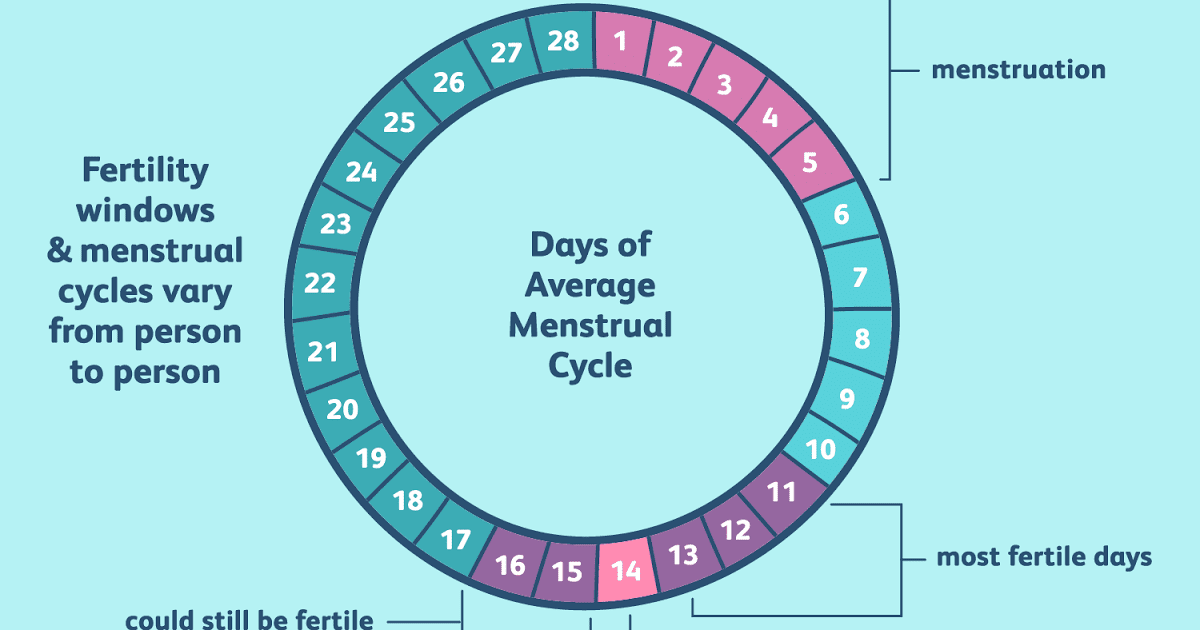 Therefore, they began to teach their students with the utmost accuracy the former styles of dances (foxtrot, waltz, tango), in order to bring their mastery to perfection.
Therefore, they began to teach their students with the utmost accuracy the former styles of dances (foxtrot, waltz, tango), in order to bring their mastery to perfection.
Despite the fact that the dance culture has continued to change over the years, these and many other styles have retained their significance and relevance until the 21st century.
Educational books
As mentioned earlier, since the 20th century, educational institutions began to open everywhere, skillful teachers of which taught everyone who wanted to ballroom dancing. However, a lot of printed publications on the study of dance skills were also published at that time. To date, their number has increased significantly. For this reason, it is not difficult for a beginner dancer to learn how to dance with special aids.
- "Learning to dance" by P. Bottomer. A master class is available, suitable for a dancer of any classification and age category. The work demonstrates the basic elements with a detailed description of various types of dances.
 Moreover, for the sake of completeness, images are attached to them and the steps of the necessary actions are schematically drawn. Among other things, effective advice on choosing musical accompaniment is given.
Moreover, for the sake of completeness, images are attached to them and the steps of the necessary actions are schematically drawn. Among other things, effective advice on choosing musical accompaniment is given. - The book "Tutorial on dancing", written by L. Brailovskaya. The tutorial was written primarily to arouse the interest of would-be dancers in the sport. Therefore, it colorfully outlines the initial foundations for studying certain types of dances (jive, rumba, samba, etc.). The material is designed for a wide audience, whose members may even be completely uninitiated in the dance sport. As a result, the work is clearly not suitable for professionals, but it will be just right for a beginner amateur.
- "Ballroom dancing". The author of the book is A. Shatalova. This illustrated methodological guide is quite extensive: it contains descriptions of all kinds of ballroom dances, as well as tells about their historical development. Moreover, the publication is suitable for both young students, for whom there are also separate chapters on ballroom etiquette, requirements for costumes, etc.
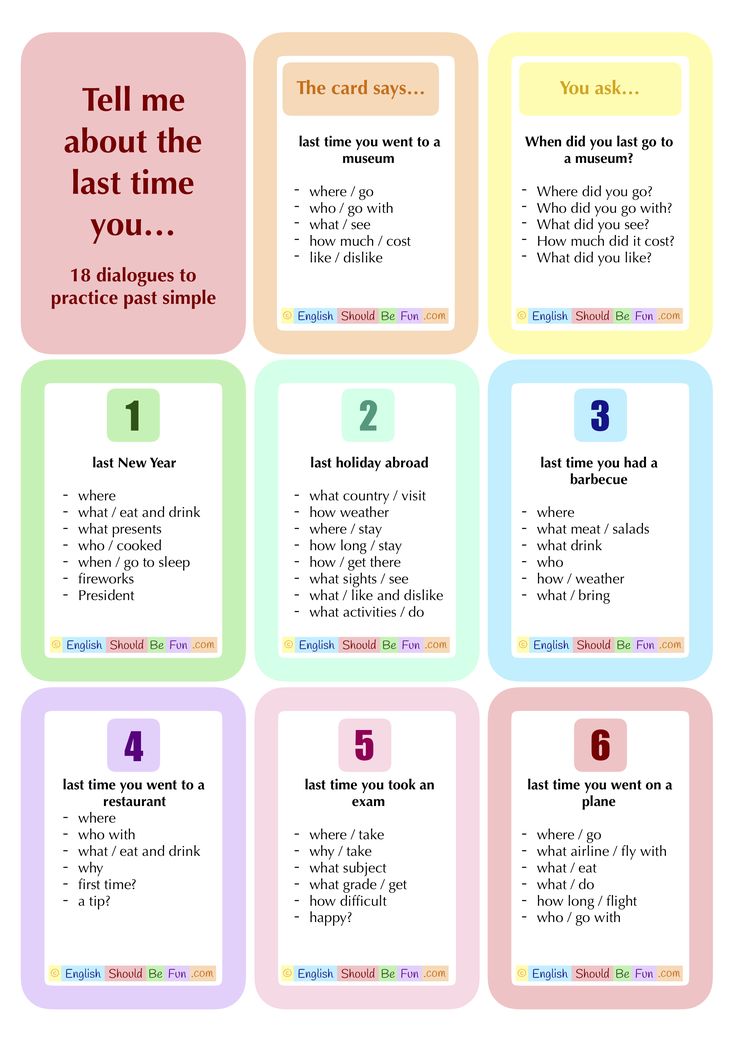 , and experienced teachers. For the latter, sections on training plans are written in detail, as well as practical advice on holding dance competitions.
, and experienced teachers. For the latter, sections on training plans are written in detail, as well as practical advice on holding dance competitions.
Based on the above, we can summarize. It is obvious that ballroom dancing is a multifaceted sports discipline, which is both endowed with sophistication and expressiveness, and at the same time contains vulgar, incendiary elements. Formerly a subject of secular entertainment, dancing has now been transformed into international competitions organized by the largest thematic federations.
Betting theory
Thirst for revenge and revenge as the main factor in sports predictionsFor a professional sportsman an important quality is restraint and...
MSL Sportliga betting office: what is it?Why is the Sportliga bookmaker good? Is it worth it to make predictions in MSL...
Should I bet on winning streaks? A sign of high-class athletes and teams is the ability to avoid defeat for a long time.

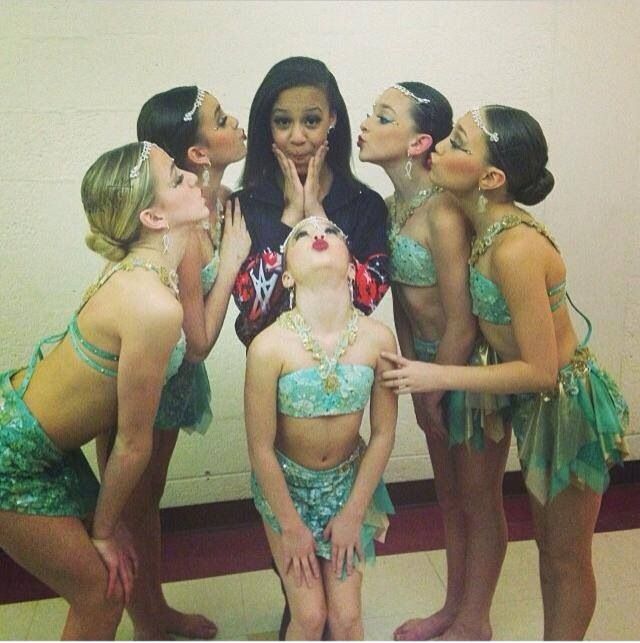



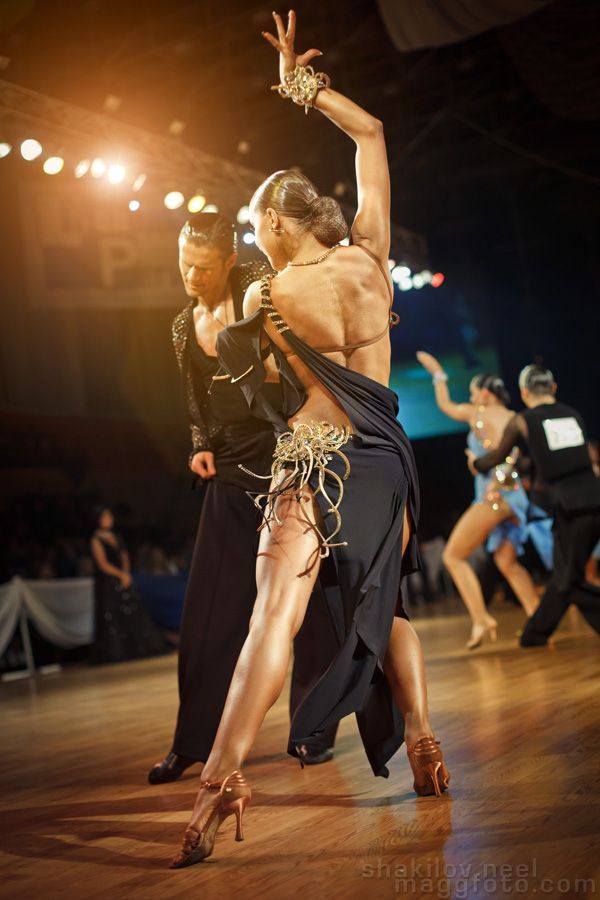
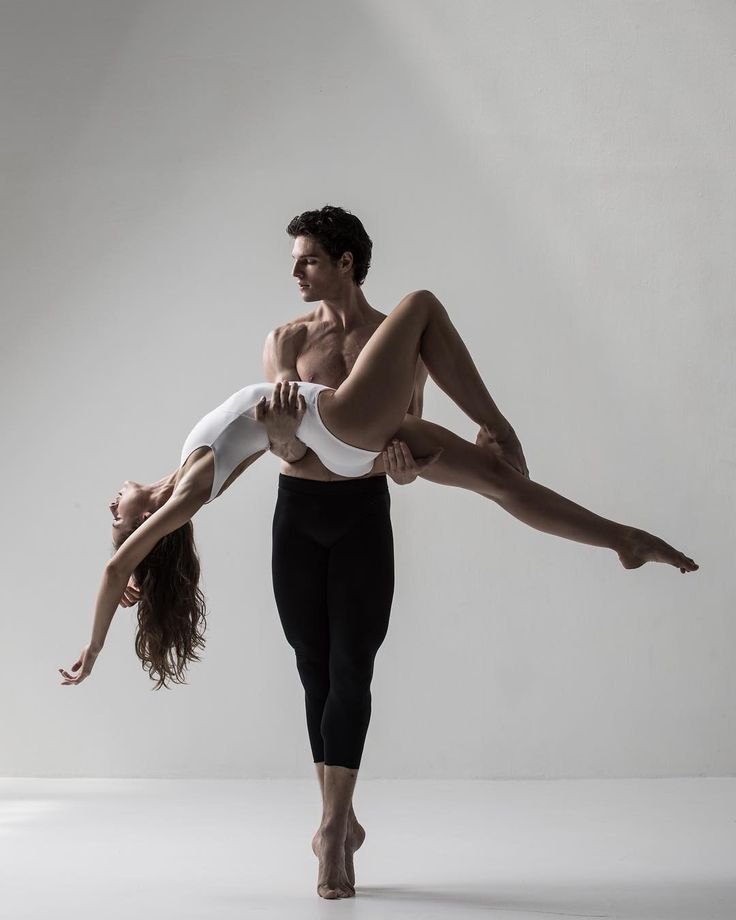
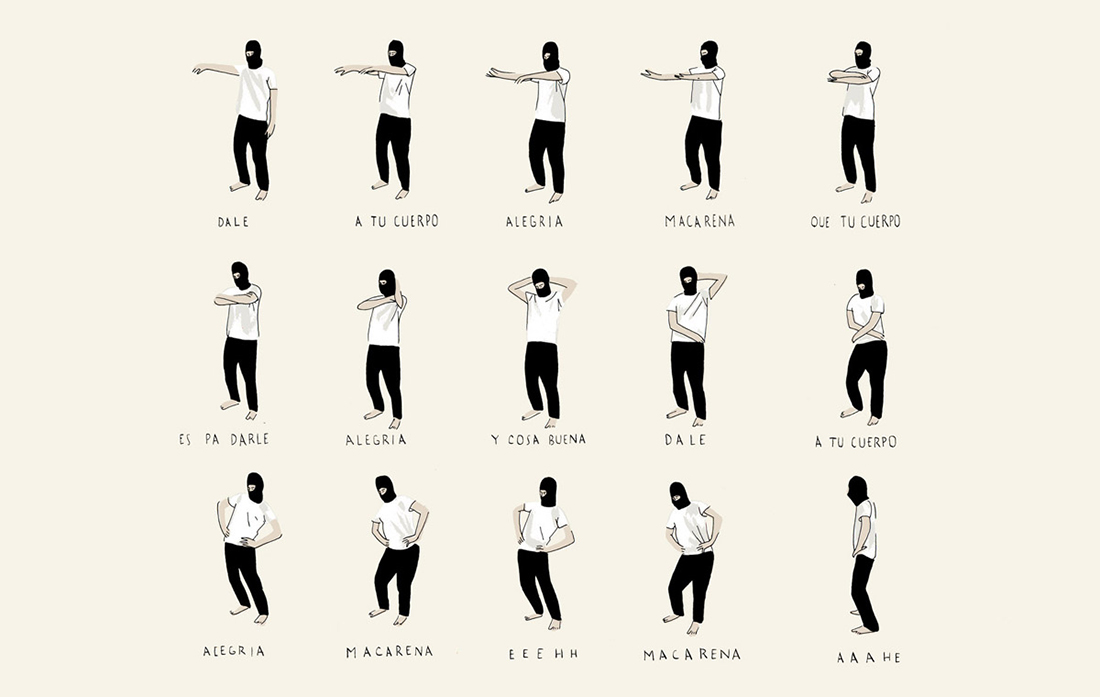
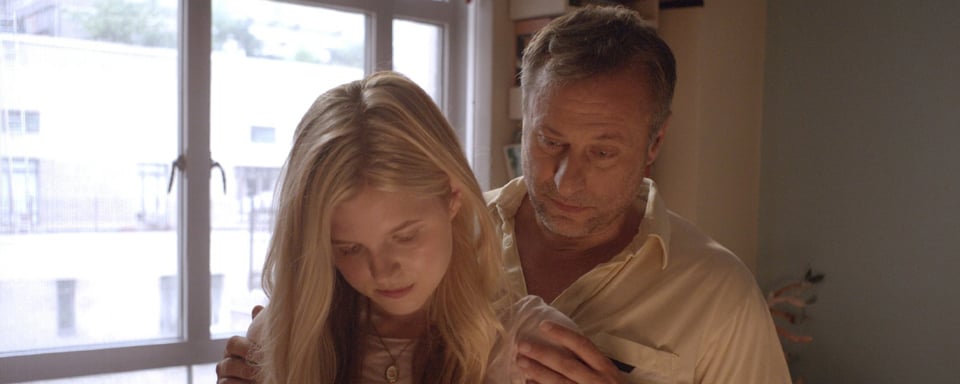
-Step-18.jpg/aid1640374-v4-728px-Shuffle-(Dance-Move)-Step-18.jpg)
